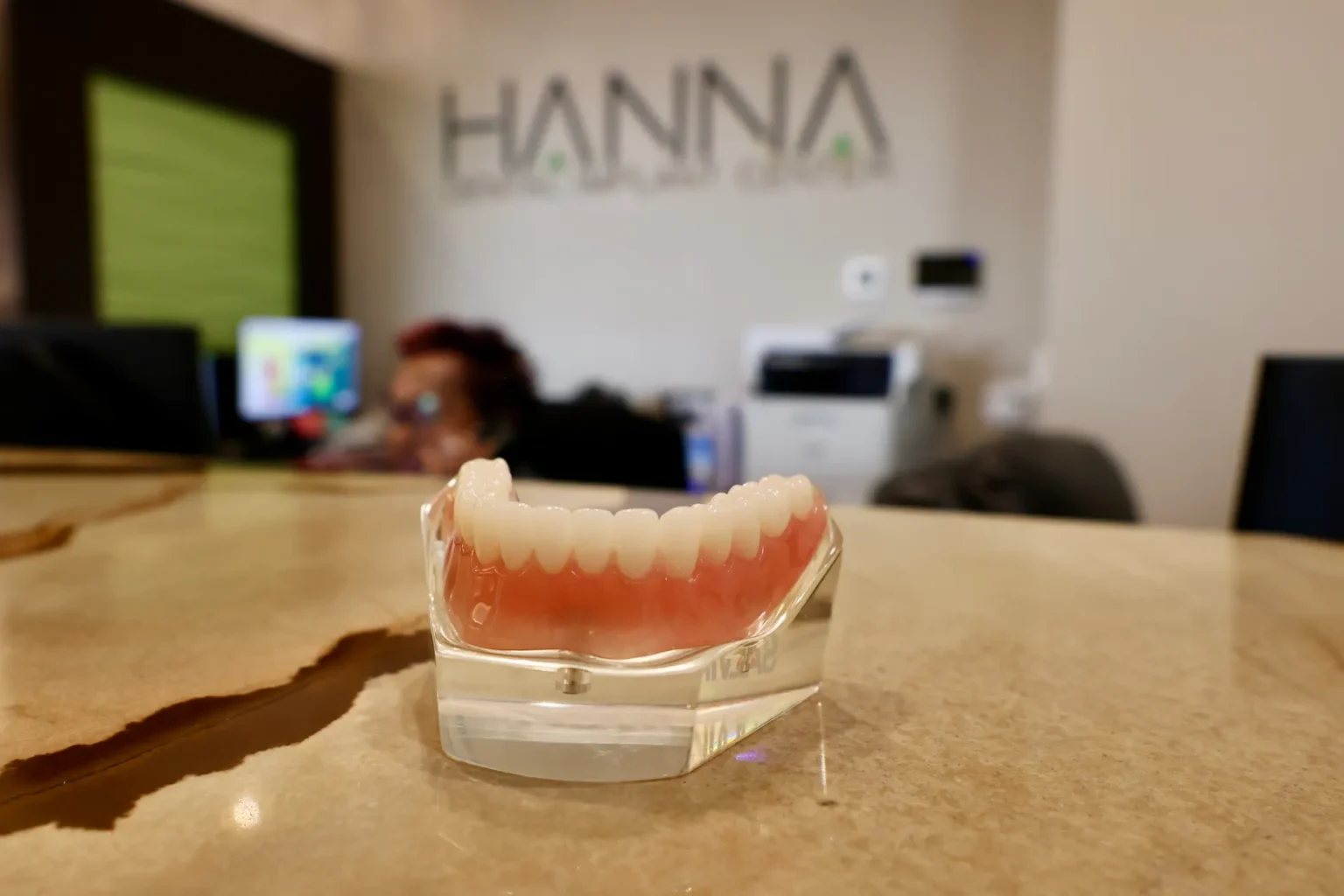Are you concerned about bone loss in your teeth? It’s a common dental issue when the bone that supports your teeth starts to deteriorate and shrink.
This can be caused by factors ranging from poor oral hygiene to medical conditions like diabetes or osteoporosis. It’s like the foundation of a building that starts to weaken, eventually leading to the collapse of the entire structure.
The consequences of leaving it untreated are dire – tooth loss, gum disease, and even changes to your facial structure. But don’t worry; several treatment options are available to restore bone loss and prevent further damage.
In this article, we’ll provide tips and treatment options to help restore bone loss in your teeth. We’ll cover everything from lifestyle changes to surgical procedures, so you can decide what’s best for your dental health. So, let’s get started!
Causes of Bone Loss in Teeth
There could be multiple reasons you’re experiencing bone loss in teeth; let’s take a look:
Gum Disease
Gum disease, also known as periodontitis, is an infection of the tissues that surround and support your teeth. It is caused by plaque build-up, a sticky film of bacteria that constantly forms on your teeth.
If left untreated, it can cause bone loss in your teeth. The bacteria in plaque can attack and break down the gum tissue and bone, leading to tooth loss and the weakening of your teeth.
When a tooth is lost, the bone and tissue around the tooth can weaken, leading to further bone loss. Gum disease can accelerate this, as the bacteria can spread and cause further damage to the bone and surrounding area.
Poor Oral Hygiene
Poor oral hygiene is one of the main causes of gum disease, which can lead to bone loss in teeth. Brushing and flossing your teeth twice a day can help prevent plaque buildup and reduce your risk of gum disease and bone loss in your teeth.
Genetics
Genetics can also influence bone loss in teeth. Certain genetic conditions can make individuals more prone to gum disease, leading to bone loss in teeth. Some individuals may be predisposed to have weaker bones than others, which can also contribute to bone loss in teeth.
Medical Conditions
Certain medical conditions can also lead to bone loss in teeth. Diabetes, for example, can increase the risk of gum disease, leading to bone loss in teeth. Some medications can reduce saliva production, leading to increased plaque build-up and an increased risk of bone loss in teeth.
Lifestyle Habits
Smoking and tobacco use can also contribute to bone loss in teeth. The chemicals in cigarettes and smokeless tobacco can weaken the gum tissue, making it more susceptible to infection and increasing the risk of bone loss in teeth.

Signs and Symptoms of Bone Loss in Teeth
Concerned you might be suffering bone loss? Take a look at these signs and symptoms:
Gum recession
Gum recession is the gradual shrinking of the gum line, resulting in exposed tooth roots. This can cause discomfort and sensitivity and be a sign of bone loss in the teeth.
Gum recession can be a sign of bone loss in the teeth because the loss of supporting bone structure can cause it. This can lead to loose teeth and even tooth loss, as the surrounding bone structure no longer supports the teeth.
Loose teeth
Loose teeth can be a sign of bone loss in the surrounding area as the teeth can no longer be adequately supported by the bone structure. This can cause the teeth to become shifted or misaligned and even lead to tooth loss if the bone loss is not treated.
Changes in bite or tooth alignment
Changes in bite or tooth alignment can be a sign of bone loss in the teeth because the loss of supporting bone structure can cause these changes. The surrounding bone structure no longer supports the teeth, so they can become misaligned or loose.
Pain or sensitivity in the teeth or gums
Pain or sensitivity in the teeth or gums can be a symptom of bone loss in the teeth because the loss of bone structure can cause exposed tooth roots. This can lead to sensitivity to heat and cold, as well as pain or discomfort when the teeth are touched.
Discharge from the gums
Pus or discharge from the gums can indicate bone loss in the teeth because bacteria in exposed tooth roots often cause it. This bacteria can cause inflammation and infection in the gums, leading to pus and discharge.
Diagnosis of Bone Loss in Teeth
A clinical examination is a way for a doctor or dentist to assess the health of a patient’s teeth. The doctor or dentist will use various tools to examine the mouth during a clinical examination, including a dental mirror, probe, and X-ray machine.
A clinical examination is a useful way to diagnose bone loss in teeth as it can help to identify signs of bone loss, such as discoloration or chipping, that may not be visible on an x-ray.
Dental X-Rays
Dental X-rays are a useful tool for diagnosing bone loss in teeth. X-rays can produce images of the teeth and the surrounding area in greater detail than a clinical examination.
They can help identify areas of bone loss and other problems such as tooth decay or infection in the teeth.
CT Scan
CT scans, or computed tomography scans, are imaging tests that use special X-ray equipment to produce detailed body images. They can provide a more detailed look at the teeth and surrounding areas than traditional X-rays and can help diagnose bone loss in the teeth.
CT scans can also help identify any other problems, such as infection or decay, that may contribute to bone loss.
Bone Density Test
Bone density tests are imaging tests that use special X-ray equipment to measure the density of the bones in the teeth.
This test can help to determine the amount of bone loss that has occurred in the teeth and can help to identify areas of bone loss.
Bone density tests can also help identify any other problems, such as infection or decay, that may contribute to bone loss.

Treatment Options for Bone Loss in Teeth
Although serious, bone loss isn’t untreatable. Here are some treatment options:
Scaling and root planing
Scaling and root planing is a complex procedure to address gum disease and deep periodontal pockets. During this procedure, a dentist will use special dental instruments to remove plaque and tartar from the surface of the teeth as well as in-between the teeth and underneath the gum line. The dentist also smooths the tooth’s root to help reduce the risk of bacteria and plaque buildup.
Scaling and root planing help restore bone loss in teeth by removing the bacteria and plaque that can lead to gum disease and bone loss. The smoothing of the root surface also helps reduce the risk of plaque and bacteria buildup, which can lead to bone loss.
Bone Grafting
Bone grafting is a procedure that uses natural or synthetic bone material to restore bone loss in the affected area. The bone graft is placed in the area of the bone loss, and the body can heal itself and restore the bone. This procedure can help to restore the bone structure around the teeth, as well as help support dental implants.
Guided tissue regeneration
Guided tissue regeneration is a procedure used to regenerate bone in areas of bone loss. During this procedure, a barrier membrane is placed over the area of bone loss to protect it and prevent soft tissue growth. This barrier membrane helps to encourage the growth of new bone, which can help to restore the area of bone loss.
Guided tissue regeneration helps to regenerate bone in areas of bone loss by using a barrier membrane to prevent the growth of soft tissue and encourage the growth of new bone. This procedure can help to restore the bone structure around the teeth, as well as help support dental implants.
Dental implants
Dental implants are a permanent solution for missing teeth. They are placed into the jawbone, and the bone can grow around the implant to secure it in place. Dental implants can help to restore the bone in the surrounding area, as well as help to provide a stable foundation for a replacement tooth.
Periodontal therapy
Periodontal therapy is a treatment used to treat gum disease and prevent further bone loss in teeth.
During this treatment, a dentist will remove plaque and tartar from the teeth and smooth the root of the tooth to help prevent the buildup of bacteria and plaque.
The dentist may also place a barrier membrane over the area of bone loss to help protect it and encourage the growth of new bone.
Preventing Bone Loss in Teeth
At Hanna Dental, we emphasize the importance of good oral hygiene in preventing bone loss in teeth. We also encourage readers to schedule regular dental check-ups with our double board-certified doctor to catch bone loss in teeth early before it can become an issue.
Here are some everyday tips to help prevent bone loss:
- Stop smoking. Smoking and tobacco use can have serious and harmful effects on oral health, including causing bone loss in teeth. We encourage readers to quit and maintain a healthy lifestyle for their overall health.
- Mind what you eat. Eating a balanced diet can contribute to oral health and help prevent bone loss in teeth. A diet rich in vitamins and minerals, such as fruits and vegetables, can help strengthen teeth and bones.
- Manage medical conditions. Certain medical conditions can lead to bone loss in teeth. Examples include diabetes, osteoporosis, and periodontal disease. We encourage readers to manage these conditions appropriately to help prevent bone loss in teeth.
FAQs
Can bone loss around teeth be reversed?
Yes, bone loss around teeth can be reversed with proper dental care. Dental implants, a procedure where titanium posts are placed into the jawbone, are often used to restore bone loss around teeth. Dental implants act as a “scaffold” for the jawbone to rebuild itself around the post and restore it to its original shape.
How do you fix bone loss in teeth naturally?
Natural remedies, such as taking vitamins and minerals and proper oral hygiene, can help maintain healthy teeth but cannot reverse bone loss. Dental implants are the best option for restoring bone loss in teeth.
How can I rebuild my teeth?
Rebuilding teeth can be accomplished through a dental implant procedure. This procedure involves placing a titanium post into the jawbone and allowing the bone to grow and heal around the post. This process helps to regenerate and rebuild the bone in the jaw, restoring the teeth and the jawbone to its original shape.
How do you regenerate bone loss in gums?
Regenerating bone loss in gums can be done through various treatments, including periodontal surgery, bone grafts, and dental implants. Periodontal surgery involves removing bacteria and infected material from the gum line, which can help regenerate bone around the teeth. Bone grafts involve taking bone from another area of the body and grafting it to the jawbone, while dental implants are a more permanent solution for restoring the jawbone.
Are you looking for ways to restore bone loss in teeth?
Bone loss in teeth can be treated with various methods, such as dental implants, bone grafts, or tissue-stimulating proteins. These treatment options may vary depending on the severity and nature of the bone loss.
At Hanna Dental Implant Center, our double board-certified periodontist is experienced in restoring bone loss in teeth with the latest cutting-edge technology. Contact us today to learn how we can help treat your bone loss.



